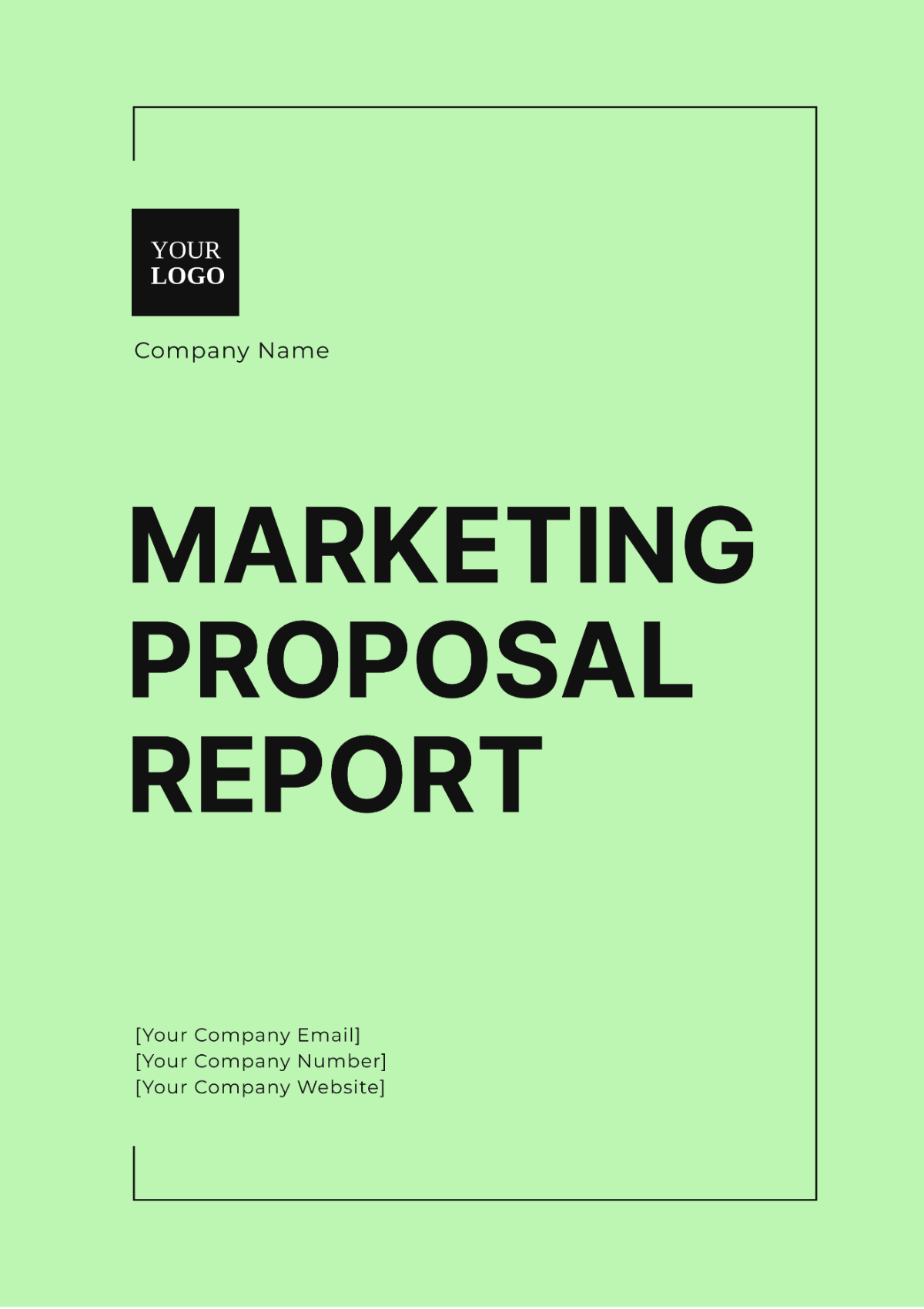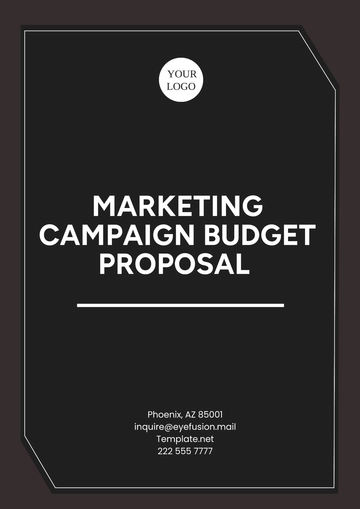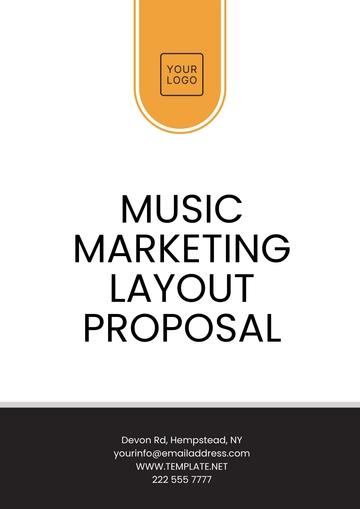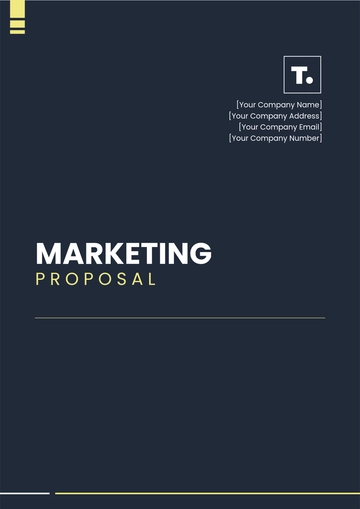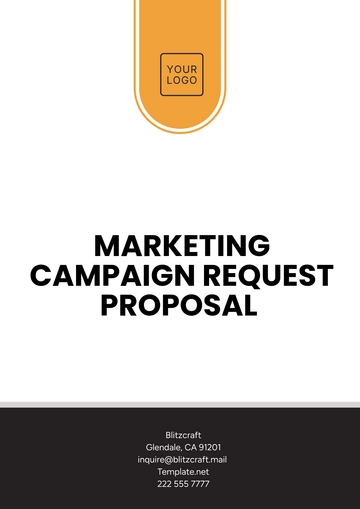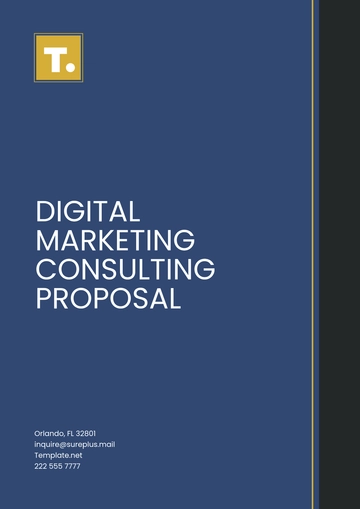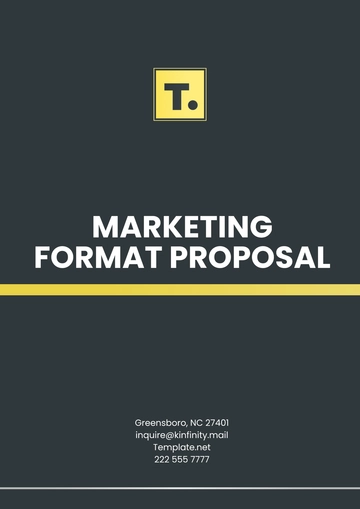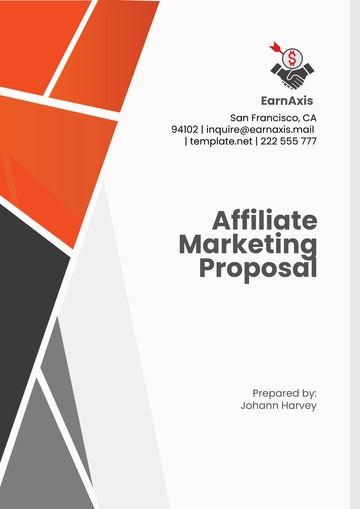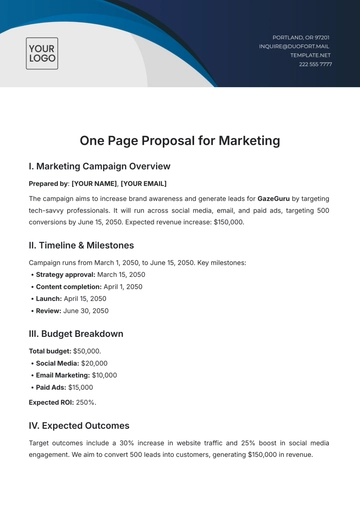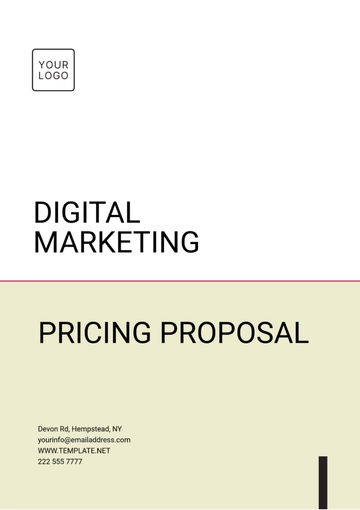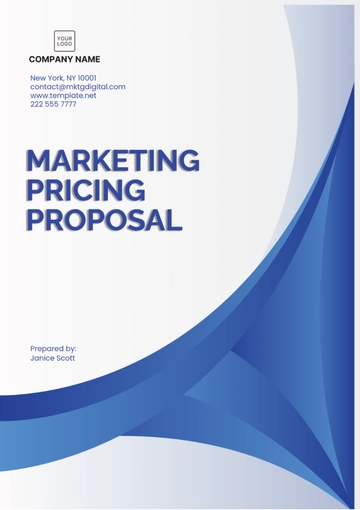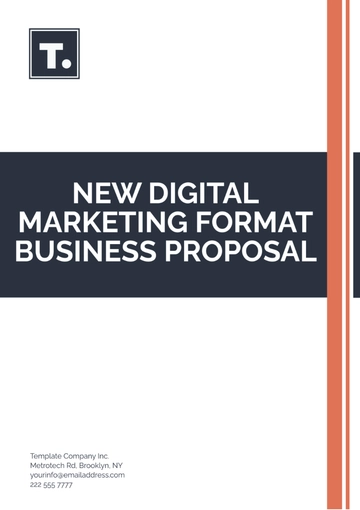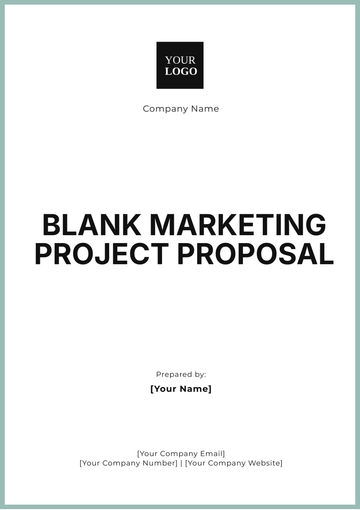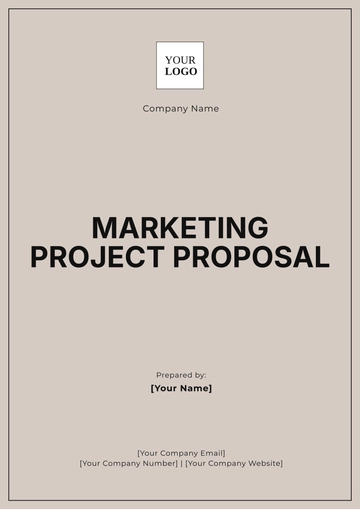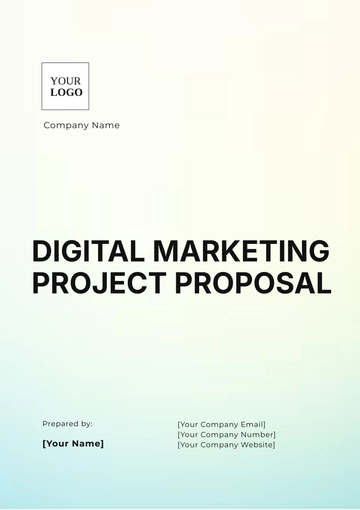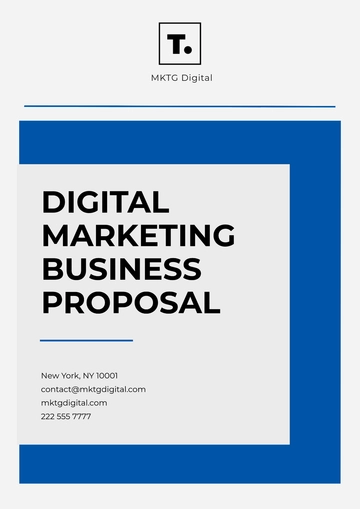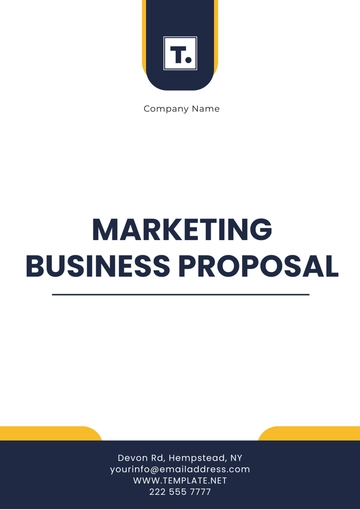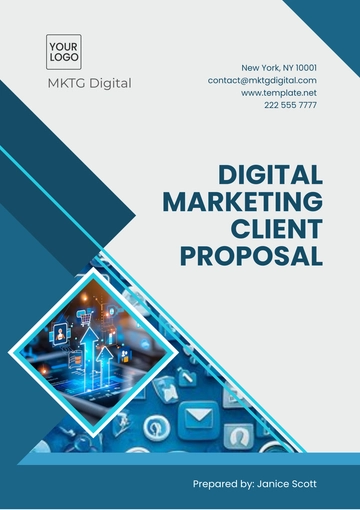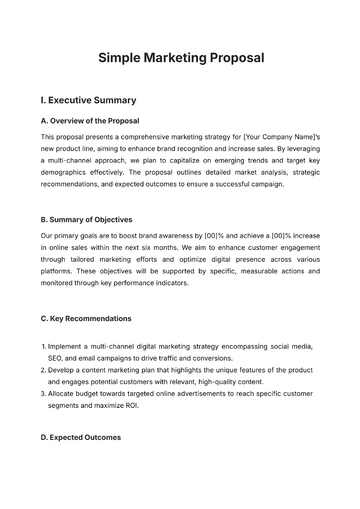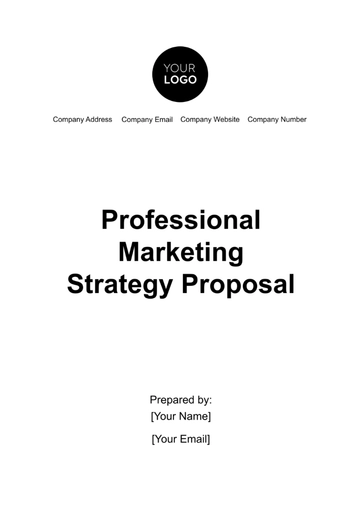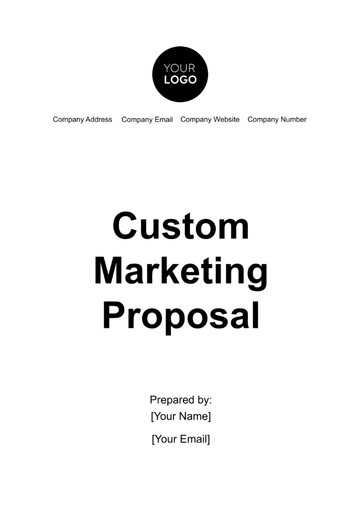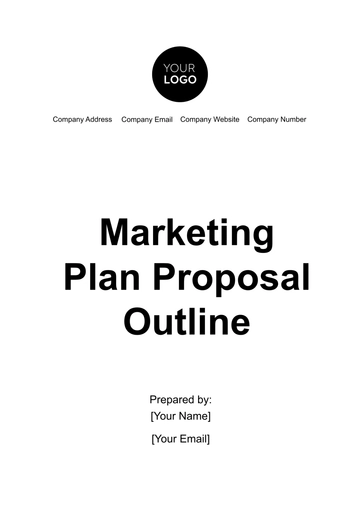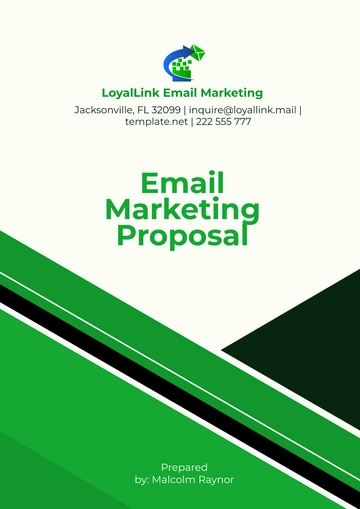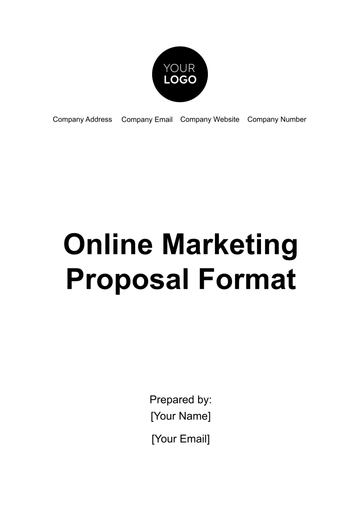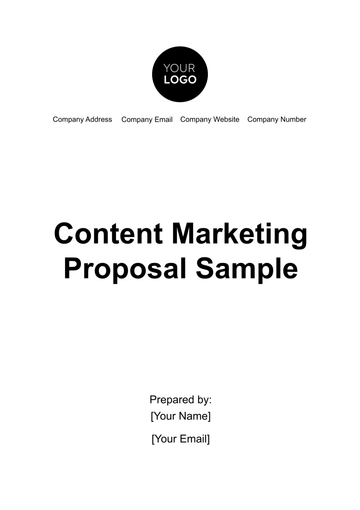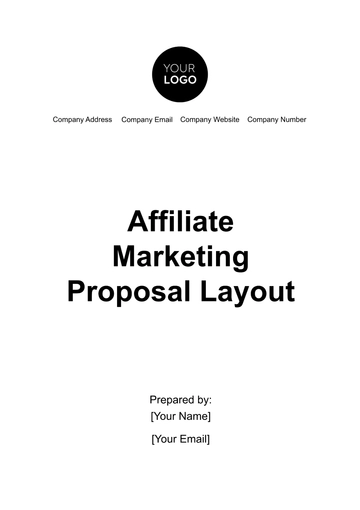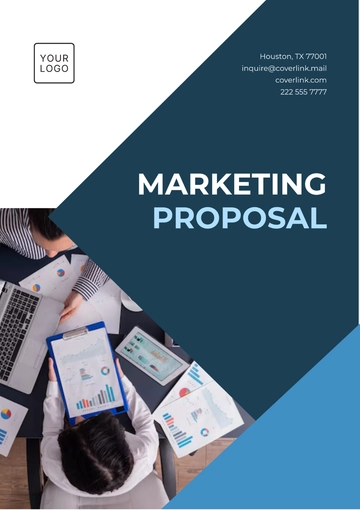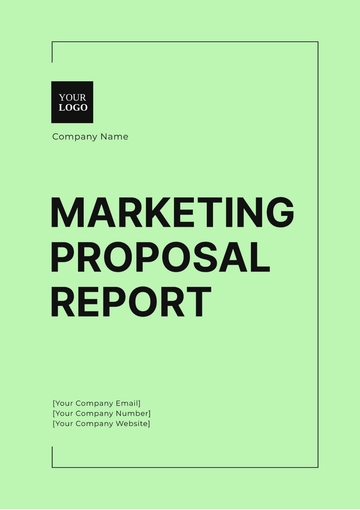MARKETING PROPOSAL REPORT
1. Executive Summary
The summary gives an overarching view of the marketing proposal, outlining the main objectives, strategies, and anticipated results, and establishes the overall tone for the report by presenting a brief overview of its key components.
2. Market Analysis
2.1. Industry Overview
We conducted an in-depth industry analysis to understand current market trends, opportunities, and threats. This section includes comprehensive data on market size, growth rate, and key players, providing a solid foundation for our marketing strategies.
2.2. Target Audience
This section identifies the primary and secondary target audiences for our marketing efforts. The following table summarizes key demographic and psychographic information:
Target Segment | Demographic Characteristics | Psychographic Characteristics |
|---|
Primary Segment | Age: 25–40, Income: $50,000–$100,000 | Values: quality, environmentally conscious |
Secondary Segment | Age: 18–25, Income: $30,000–$50,000 | Tech-savvy, trend-oriented |
2.3. Competitor Analysis
We performed a SWOT analysis to evaluate our competitors. Key findings are summarized in the table below:
Competitor | Strengths | Weaknesses | Opportunities | Threats |
|---|
Competitor A | Strong Brand, Loyal Customers | High Prices | Expanding Product Line | New Entrants |
Competitor B | Low Prices, Broad Product Range | Weak Customer Service | Improving Customer Experience | Market Saturation |
3. Marketing Strategy
3.1. Marketing Mix (4P's)
3.1.1. Product
Our product strategy focuses on the following aspects:
High-quality materials
Eco-friendly packaging
Innovative features
3.1.2. Price
We aim to use a competitive pricing strategy that reflects the value of our products. Key points:
Pricing tiers for different segments
Discounts for bulk purchases
Special promotions during launch
3.1.3. Place
We plan to use a multi-channel distribution strategy, including:
3.1.4. Promotion
Our promotional strategy includes the following elements:
Social media campaigns
Influencer partnerships
Email marketing
Content marketing
4. Implementation Plan
The implementation plan details our timeline and key milestones for the marketing campaign. The following table provides a summary:
Phase | Activities | Timeline | Responsible Team |
|---|
Phase 1: Planning | Market research and campaign strategy | Q1 2023 | Marketing Team |
Phase 2: Development | Content Creation and Platform Setup | Q2 2023 | Content Team |
Phase 3: Execution | Campaign Launch and Monitoring | Q3 2023 | Marketing & Sales Team |
Phase 4: Evaluation | Performance Analysis, Reporting | Q4 2023 | Analytics Team |
5. Budget
The budget for the marketing campaign is summarized below:
Category | Estimated Cost |
|---|
Research | $10,000 |
Content Creation | $25,000 |
Advertising | $40,000 |
Tools and Platforms | $15,000 |
Miscellaneous | $5,000 |
Total Estimated Budget | $95,000 |
6. Evaluation and Metrics
We will use the following key performance indicators (KPIs) to evaluate the success of our marketing campaign:
Report Templates @ Template.net
